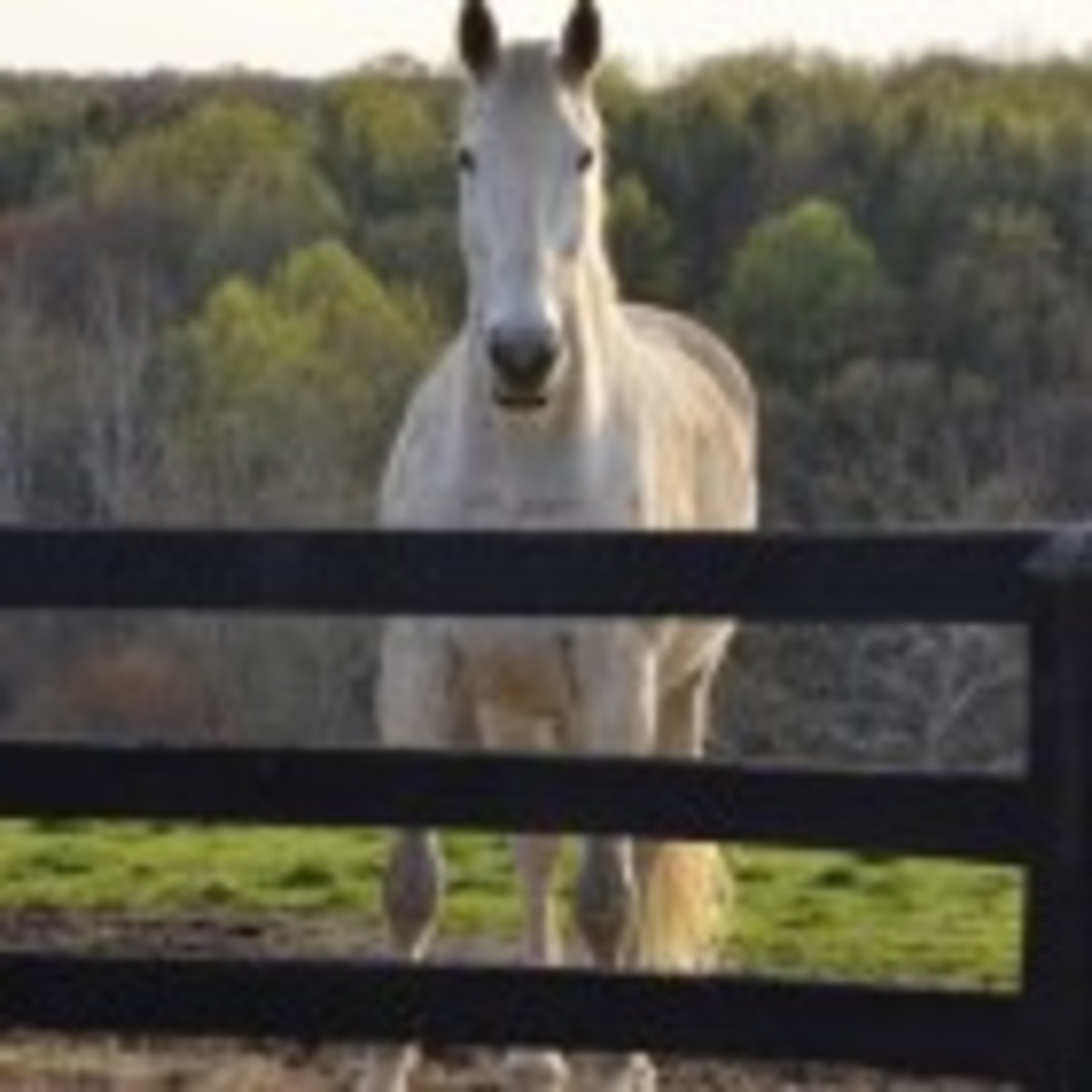Q: My?10-year-old Percheron is bright, sound and pretty willing—except when he is in harness, under saddle or on the longe line. Then he becomes very balky and either will not move or, if he does, it’s only one foot at a time. But he moves out just fine while being led, and he runs and jumps at liberty. Any suggestions?

A: This is an interesting problem, and I’m sure it’s frustrating, too. It could be simply?a behavior or training issue. But the work ethic of most draft horses is good—this is what they are bred to do. And based on my experience, when a draft horse is reluctant or refuses to work, I wonder about medical issues. I recommend that you first look for an underlying physical condition.
You say he is sound and moves fine when he is on his own, which suggests that the issue is not a subtle, painful lameness. To be sure, however, you may still want to have your veterinarian perform a lameness examination.
That being said, I have seen this type of behavior in drafts (and other breeds) with an underlying muscle disease that causes discomfort and pain when they are working in harness or under saddle. Drafters, and particularly Percheron-related horses, often have the type of muscle metabolism that leads to polysaccharide storage myopathy, also known as equine polysaccharide storage myopathy (PSSM/EPSM), which can cause exercise-related muscle pain and discomfort. These horses can be much more relaxed and less likely to be in pain while moving about by themselves. But the anticipation of pain or discomfort can be a powerful deterrent for a horse, and this can look very much like a behavior or training issue when it is really the horse trying to communicate that something is wrong.
Horses with PSSM/EPSM have an abnormal accumulation of glycogen and glycogen-related polysaccharides within their muscle cells that can lead to a variety of clinical problems. Diagnosis of this disease has traditionally relied on microscopic evaluation of a sample of tissue drawn from the hamstring muscle. More recently, the University of Minnesota has developed a genetic test that can be performed on DNA extracted from pulled mane hairs. (For more information, go to www.cvm.umn.edu/umec/lab/Advances_in_PSSM/home.html.) This test looks for a mutation in the muscle glycogen synthase (GYS1) gene, which is very specific, meaning that positive results always indicate PSSM/EPSM. The test is not as sensitive as it is specific, though, and a negative result does not rule out some other form of this muscle condition.
This means that, regardless of the test results, if PSSM/EPSM is suspected I would suggest that you consider changing your horse’s diet so that it?contains high fat and fiber with low starch and sugar. This type of diet, along with as much turnout and regular exercise as possible, has proven to be very successful in treating horses with PSSM. Gradually introduce and increase dietary fat until the horse is eating one pound of fat (two cups of oil or the equivalent from other fat sources) per 1,000 pounds of body weight per day. Meanwhile, slowly replace any high-starch and -sugar feeds, such as oats, corn, barley or sweet feed, with one designed to be low in starch and sugar. It will take about four months ?for your horse to fully adapt, so give the new diet at least that long to evaluate its effectiveness.
Also remember that, even if muscle disease is the problem, it may take a while for your horse to be convinced that he no longer has to worry about muscle pain or discomfort associated with exercise in harness or under saddle. Patience, and perhaps some help from an experienced horse trainer, may be useful if diet and exercise alone don’t do the trick.
Beth Valentine, DVM, PhD, DACVP
Oregon State University
Corvallis, Oregon








